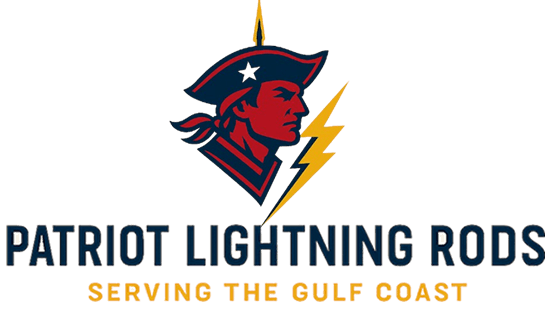Call (817) 716-3066 for a Quote
Patriot Lightning Rods
Frequently Asked Questions
Welcome to the FAQs section for Patriot Lightning Rods! Here, we answer the most common questions homeowners and property owners ask about lightning protection—from how our systems work and why they’re vital, to installation details, materials, and system maintenance. Whether you’re wondering if lightning rods attract strikes, curious about combining surge protection with grounding systems, or considering DIY vs. professional installation, you’ve come to the right place.
Our answers are based on industry-recognized standards—like NFPA 780, UL 96/96A, and guidance from the Lightning Protection Institute. Behind every answer is our commitment to help you make informed decisions for protecting your building and its occupants.
Browse through to learn:
- What makes a lightning protection system effective and safe
- Why you still need surge arresters
- The importance of proper grounding and bonding
- Whether professionals are required for installation
- Maintenance best practices for long-term coverage
At Patriot Lightning Rods, our goal is to deliver clear, reliable insight so you can shield your home with confidence. Ready to explore the answers? Let’s dive in!
General Questions
A lightning protection system is a network of rods, conductors, and ground electrodes that safely direct lightning strikes away from a structure, preventing fire, damage, and electrical surges.
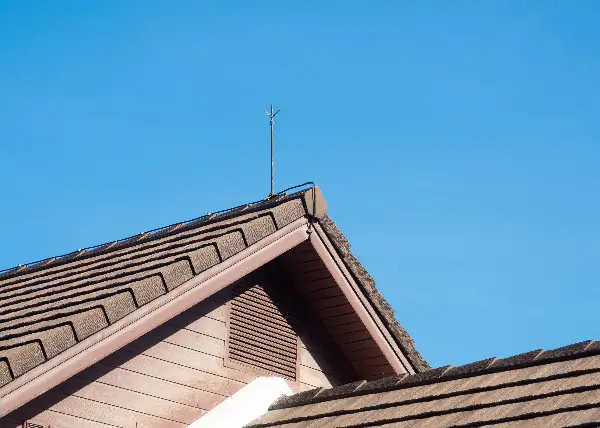
Lightning causes billions in property damage every year. A protection system safeguards your home or building by channeling dangerous lightning energy safely into the ground.
It provides a low-resistance path for lightning to follow, directing it from air terminals (rods) on the roof, through conductors, and into buried ground rods.
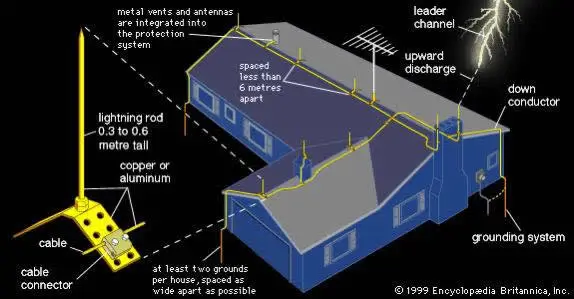
Yes, lightning rods remain the most reliable way to protect a structure from direct lightning strikes.
Yes. By controlling where the lightning energy travels, the system prevents fires that could start from an uncontrolled strike.
Every 3–5 years, or after any significant roofing or structural changes.
Any structure, especially tall, isolated, or valuable ones like homes, barns, commercial buildings, schools, and historical properties.
In some cases, yes — particularly for certain government, commercial, or insurance-covered properties. Always check local regulations.
Certified professionals, like the team at Patriot Lightning Rods, should install these systems following UL and NFPA standards.
It prevents direct strike damage by safely redirecting the lightning current. However, additional surge protection is needed to protect electronics from secondary effects.
Not entirely. While durable, the system should be inspected every few years and after any roof work, remodeling, or storm damage.
Installation & Materials
Maintenance & Certification
Safety & Risk
Special Properties
We design and install systems for warehouses, retail centers, schools, and more.
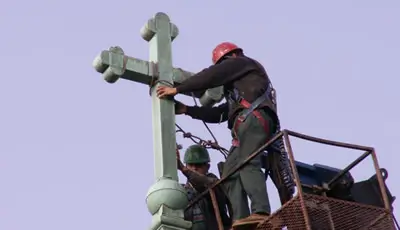
Yes. Large, valuable, or iconic trees can be fitted with specialized systems to safely handle lightning strikes.
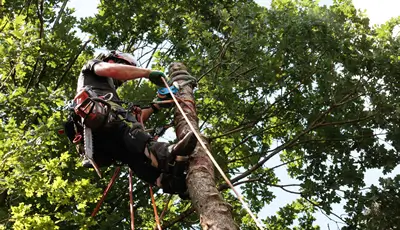
About Patriot Lightning Rods
Yes. If your property has been struck, we offer rapid assessments to determine any needed repairs or upgrades.
Call (817) 716-3066 for a Quote
